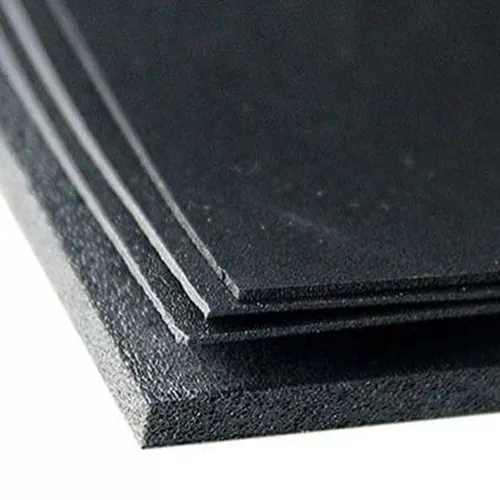+86-755-2301-3143
Conductive Tapes | Foams | Sponges
Conductive PE foam, also known as conductive polyethylene foam, is a high-performance material made primarily from polyethylene (PE) and carbon black. It is manufactured through a series of advanced processes, including granulation, extrusion, irradiation, heating, and foaming, to achieve a perfect combination of carbon and polyethylene. This results in a polymer conductive foam with excellent electrical and mechanical properties.
The foam has a surface resistance and volume resistance ranging from 10³ to 10⁹ Ω, ensuring permanent conductivity. It is widely used in ESD (electrostatic discharge) and other fields requiring electrical conductivity, cushioning, and insulation.

| Performance | |
|---|---|
| Shielding | 68~88dB when cross section is 0.25 "x0.375" [20MHz~10GHz] |
| Surface Resistance | <0.07ohm/in2 ≤0.05Ω/ |
| Working temperature | -40℃~150℃ |
| Corrosion resistance | electrochemically compatible with aluminum, galvanized iron plate, electroplated iron plate and other materials |
| Thickness | 0.3T/0.5T/0.7T/0.8T/1.0T |